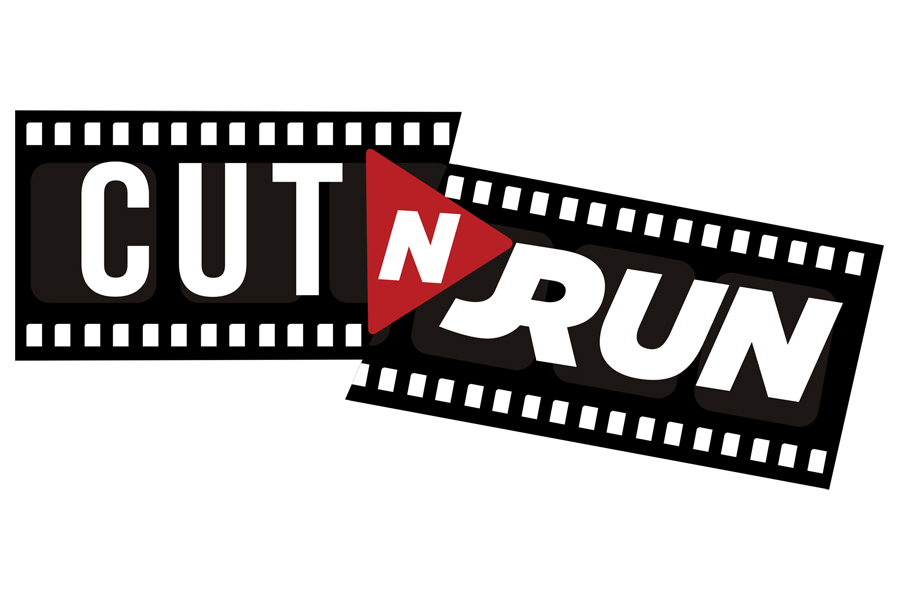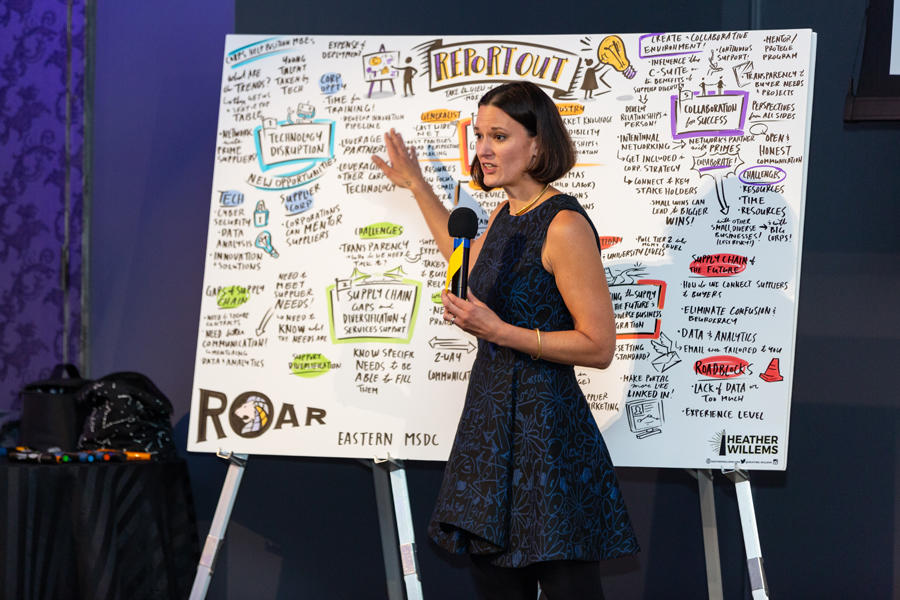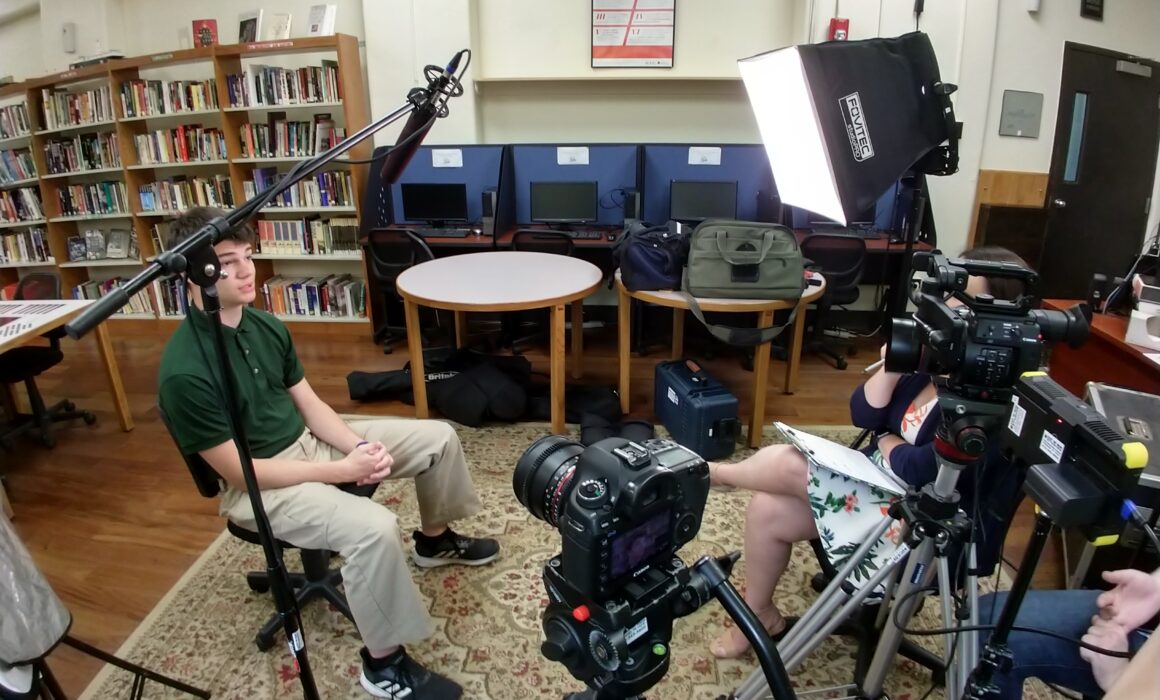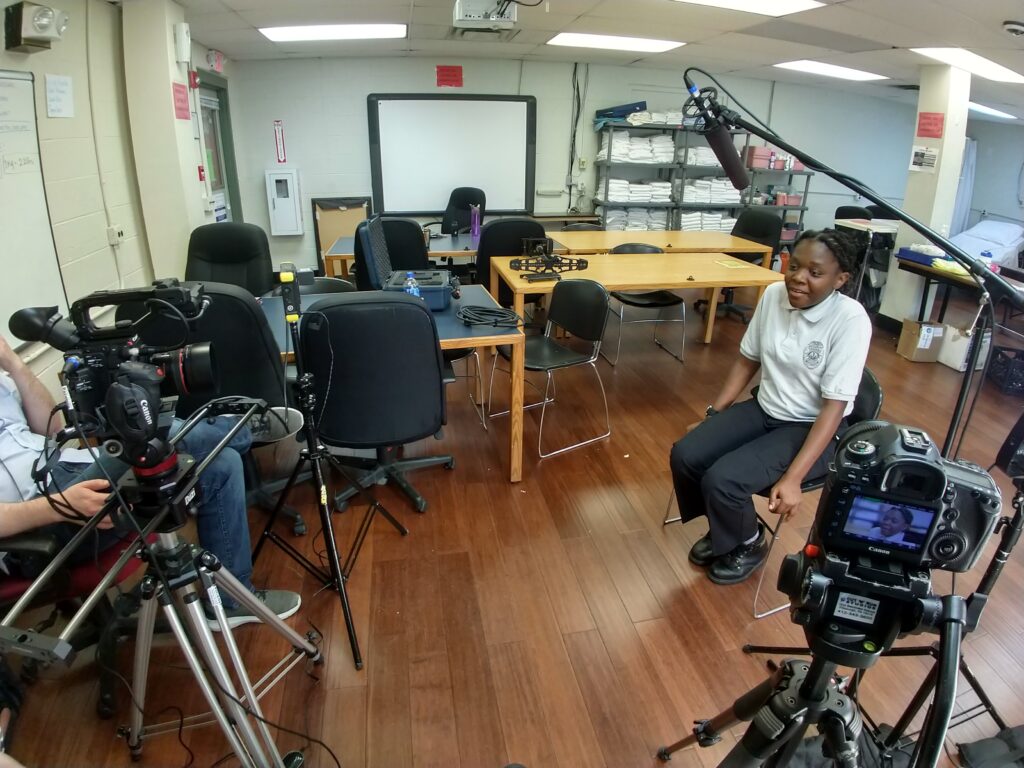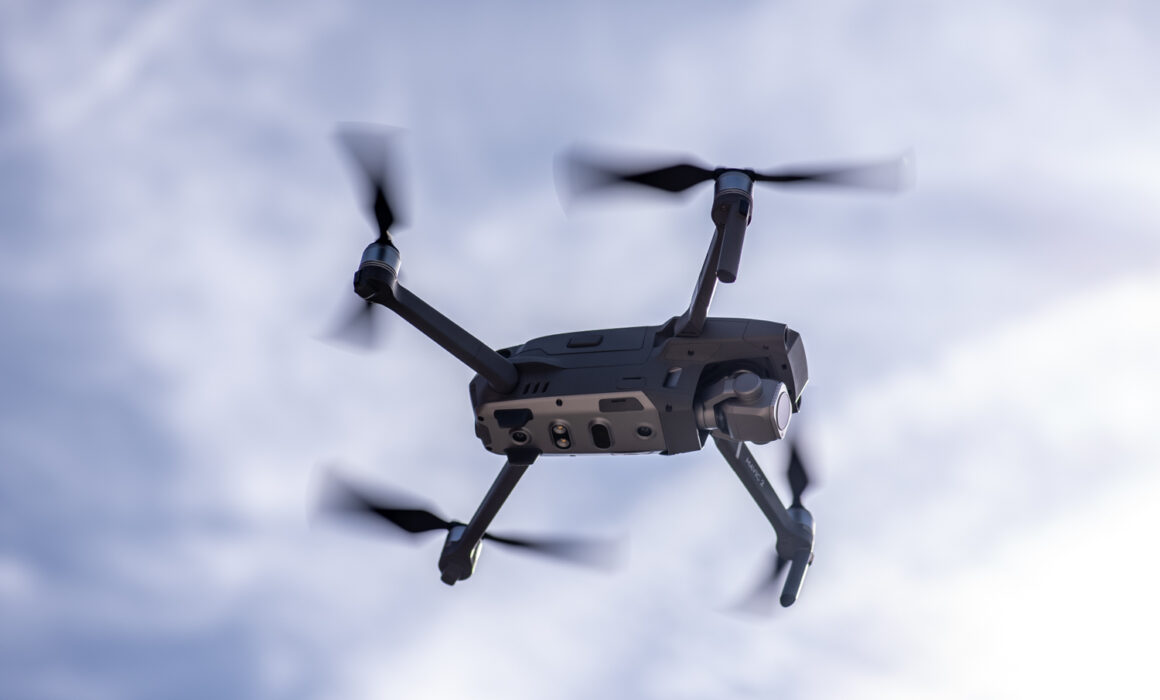If you’re running a business, one thing clients look for is professionalism and having a solid website is one of those major steps in cementing your business as legit and professional. But how do you even begin the process; where do you even start?
First of, a little introduction: My name is Brandon Essington and I’m a web designer with Cut ‘N’ Run Productions and our website is https://cnrwebdesign.com . I have been designing websites for over 17 years, dating back to high school when designing a website actually meant handwriting every line of code in Notepad. Luckily since then, new programs and content management systems have come out making the design process a lot smoother which helps tremendously with websites being much more complex nowadays, along with making sure your website displays correctly on multiple different screens.
So let’s say you’re starting up a brand new business and you’re wanting to establish your own website. I tell clients, the 3 things you’ll basically pay for is 1) your domain lease (yep you rent your domain out, you cannot just buy a domain forever), 2) your hosting plan, and 3) someone to design your website.
Domain Lease
Ideally, you’ll want to lease a domain which relates to your business. This can simply be your businessname.com or what your business offers. There are several different companies you can use to lease your domain, but to make things simple, I suggest leasing your domain from your web host, that way your domain lease and hosting plan are both under the same roof. With leasing a domain, there’s two different options to highlight, one being an SSL certificate and the other is domain privacy. An active SSL certificate on your website will show a small lock to the left of your domain, showing the user your website is secure. This SSL certificate encrypts information the user may submit to the website, ensuring their information is safe. An SSL certificate is also very important if you want to rank higher in search engine results. Search engines have cracked down on unsecure websites and now favor those with SSL certificates. Lastly, domain privacy is a small fee you pay to your web host to keep your personal information private. If you don’t pay for domain privacy, just expect spam to eventually hit your mailbox and possibly spam phone calls as well.
Hosting Plan
Your website requires a hosting plan which is your lease to host your content on servers (the cloud). The pricing and features differ from one host to another, whether it’s through websites like GoDaddy.com, iPage.com or NetworkSolutions.com. Each company offers different server speeds, and the amount of traffic your website is allowed to take in.
Design of the Website
There are websites like Weeby.com and Wix.com where you can do everything under one roof, including designing your own website using their templates and web builders. These are great for someone just starting off and playing with the idea of growing a business or a blog, but they do have their limitations. When designing a website, one of the big concerns you have to keep in mind is designing a website which is responsive in design. A responsive design website has code which rearranges the website to display correctly on different screens. This means if you go to a website on your desktop computer, laptop or mobile device like a tablet or your phone, the website will recognize the screen size and adapt its display accordingly. Years ago, you only designed a website for a desktop computer or laptop. Then with the introduction of phones and tablets, websites started having a mobile version which would load an entire different website if the user visited from a mobile device. Fast forward a few more years to 2010, and responsive design websites are introduced. Now you have one website that adapts to screen sizes rather than loading an entire second website.
The upside to hiring a web designer is their familiarity with responsive design and experience with knowing what works and what does not work. The design process can include graphic design, custom coding and search engine optimization (SEO) which can include making sure your content (text, images, etc) are correlating correctly with what your user may search for in order to find your website. Further steps of submitting sitemaps to search engines such as Google, Yahoo and Bing are very helpful in bringing your website higher in search result rankings, and analytics such as Google Analytics can help track the traffic coming to your website. You can utilize this information for marketing purposes as well as a tool to help fine tune your content to help it continue to grow strength with search engine results and your visitors’ experience overall.
In Summary
There can be a lot of work which can go into the foundation of your website, the design of your website and the maintenance of your website. It can be absolutely overwhelming, especially when you want to invest your time more in what you are offering. This is where we can help — Whether you already have an established website, a domain leased, etc., we can help you through the entire process and leave you with a website which can be managed by you, or let us manage and maintain your website as well. You’re invited to check out our portfolio, view our services we offer and contact us at https://cnrwebdesign.com


